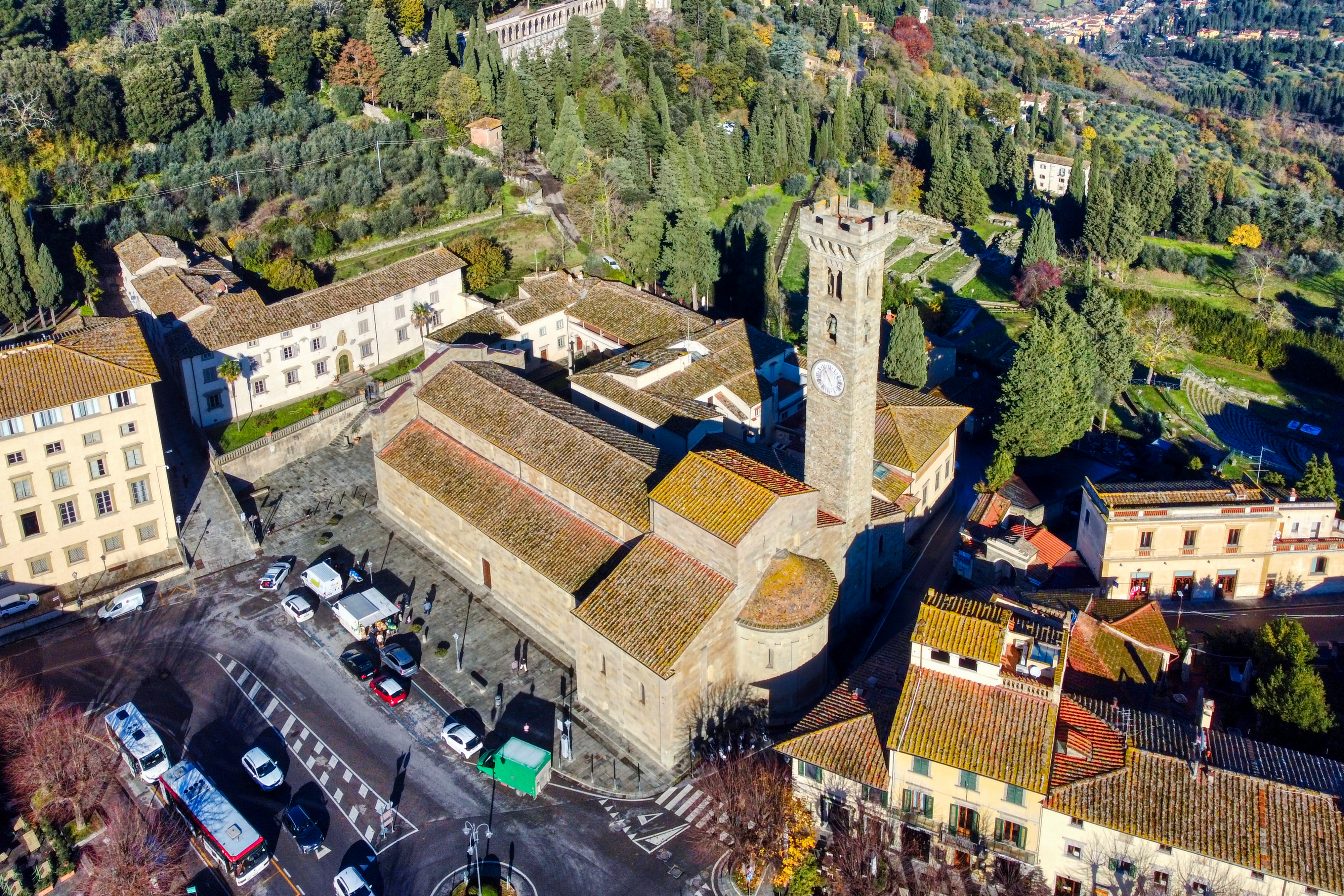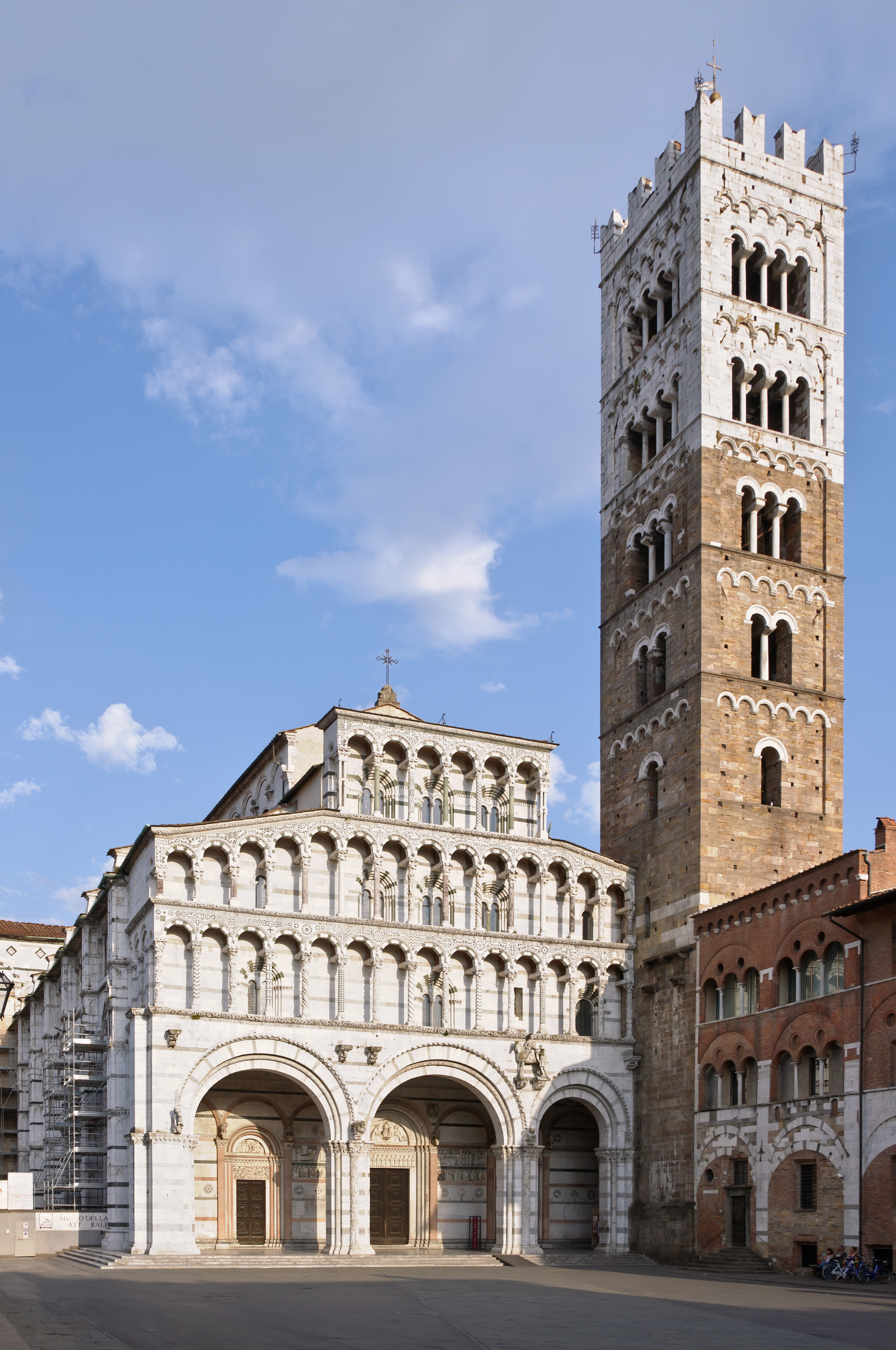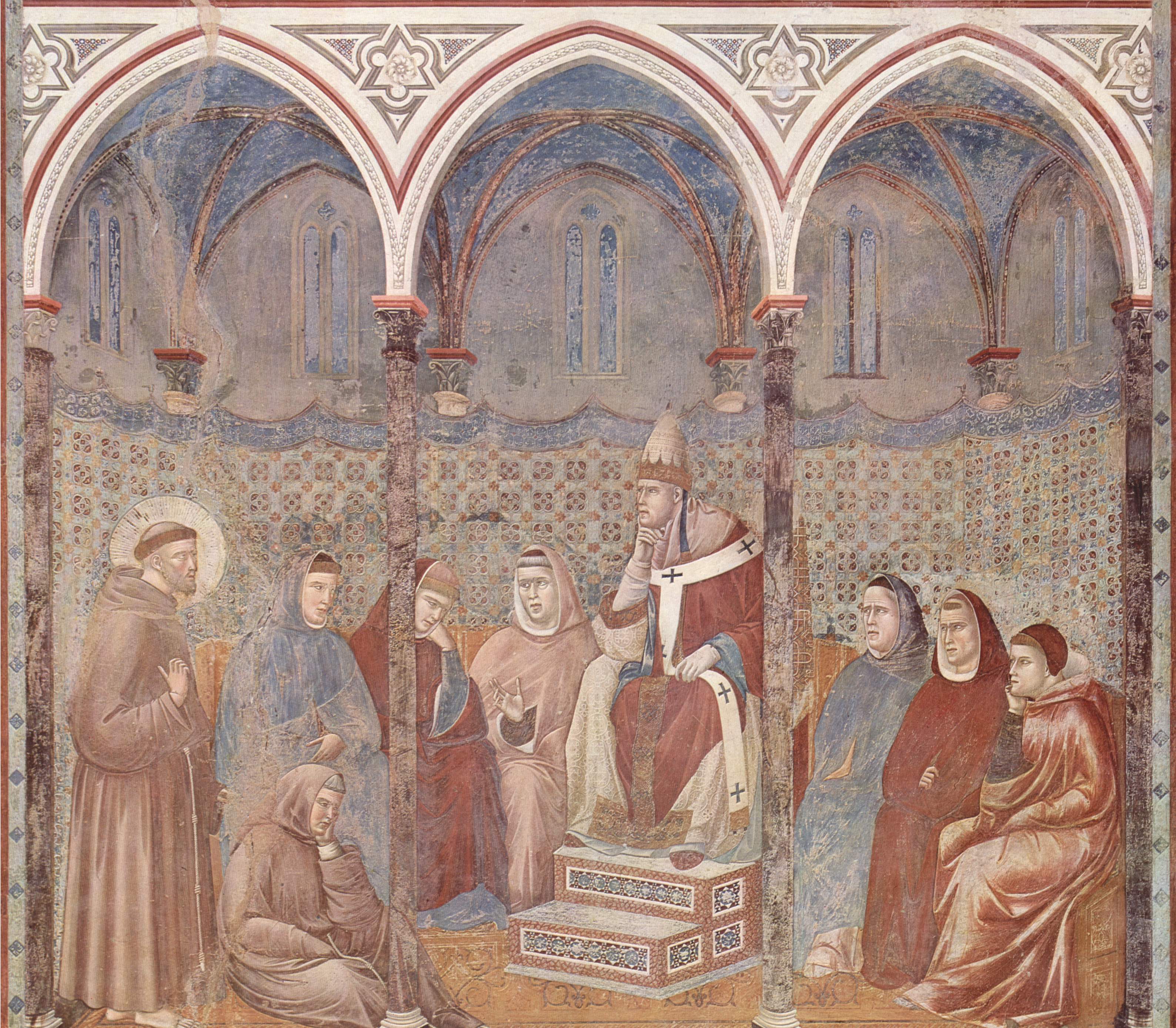|
Bishop Of Fiesole
The Diocese of Fiesole () is a Latin Church, Latin diocese of the Catholic Church in Tuscany, central Italy, whose episcopal see is the city of Fiesole. Fiesole was directly subject to the pope until 1420, when the archdiocese of Florence was created and Fiesole was made one of its suffragan bishops. It is still a suffragan of the Metropolitan Archbishopric of Florence."Diocese of Fiesole" ''Catholic-Hierarchy.org''. David M. Cheney. Retrieved October 7, 2016."Diocese of Fiesole" ''GCatholic.org''. Gabriel Chow. Retrieved October 7, 2016. History According to local legend the Gospel was first preached at Fiesole by Romulus of Fiesole ...[...More Info...] [...Related Items...] OR: [Wikipedia] [Google] [Baidu] |
Fiesole Cathedral
Fiesole Cathedral (, ''Duomo di Fiesole''), officially the Cathedral of Saint Romulus of Fiesole, is a Roman Catholic cathedral in Fiesole, Tuscany, central Italy. It is the seat of the Bishop of Fiesole and is dedicated to Romulus of Fiesole, Saint Romulus. History The first cathedral of Fiesole was situated lower down the hill than the present one, and had been built, according to the tradition, over the site of the martyrdom of Saint Romulus of Fiesole. In 1028 the present cathedral was founded by Bishop Jacopo the Bavarian to replace it, as he wished it to be inside the city walls. The old cathedral was converted into a Rule of St Benedict, Benedictine abbey and became known as the ''"Badia di Fiesole"''. It was rebuilt in 1466 by a disciple of Filippo Brunelleschi. Its façade, dating from the 11th century, is still preserved. It contains notable early works by Mino da Fiesole. The abbey was closed in 1778. Description The exterior is Romanesque architecture, Romanesque. Th ... [...More Info...] [...Related Items...] OR: [Wikipedia] [Google] [Baidu] |
Papal Legate
300px, A woodcut showing Henry II of England greeting the Pope's legate. A papal legate or apostolic legate (from the ancient Roman title '' legatus'') is a personal representative of the Pope to foreign nations, to some other part of the Catholic Church, or to representatives of a state or monarchy. A legate is empowered in matters of Catholic faith and for the settlement of ecclesiastical matters. The legate is appointed directly by the Pope—the Bishop of Rome and head of the Catholic Church. Hence a legate is usually sent to a government, to a sovereign, to a large body of believers (such as a national church), or to take charge of a major religious effort, such as an ecumenical council, a crusade to the Holy Land, or even against a heresy such as the Cathars. The term ''legation'' is applied both to a legate's mandate and to the territory concerned (such as a state, or an ecclesiastical province). The relevant adjective is ''legatine''. History 200px, Cardinal Th ... [...More Info...] [...Related Items...] OR: [Wikipedia] [Google] [Baidu] |
Diocesan Seminary Of Fiesole
The Diocesan Seminary of Fiesole () is a former Roman Catholic seminary in Fiesole, Italy. Founded in the 17th century, the seminary is run by the Roman Catholic Diocese of Fiesole. Today, the seminary retains several pieces of historically significant art and library collections. History Plans for a seminary originated with Francesco Cattani, the Bishop of Fiesole, in 1585. He intended to open the seminary in the Oratory of Santa Maria a Ponterosso, in the Florentine ''comune'' of Figline e Incisa Valdarno. However, a dispute over ownership of the oratory, which lasted until 1641, arose between the bishop and Pope Urban VIII. Eventually, possession of the oratory was returned to the diocese, but the seminary was established in its current location. The seminary at Fiesole was founded in 1637 by Bishop Lorenzo della Robbia, with the intention of training priests in the newly formed precepts of the Council of Trent. Pope Urban VIII instituted the seminary's two years later. ... [...More Info...] [...Related Items...] OR: [Wikipedia] [Google] [Baidu] |
Pope Urban VIII
Pope Urban VIII (; ; baptised 5 April 1568 – 29 July 1644), born Maffeo Vincenzo Barberini, was head of the Catholic Church and ruler of the Papal States from 6 August 1623 to his death, in July 1644. As pope, he expanded the papal territory by force of arms and advantageous politicking, and was also a prominent patron of the arts, commissioning works from artists like Gian Lorenzo Bernini and a reformer of Church missions. His papacy also covered 21 years of the Thirty Years' War. The massive debts incurred during his pontificate greatly weakened his successors, who were unable to maintain the papacy's longstanding political and military influence in Europe. He was also an opponent of Copernicanism and was involved in the Galileo affair, which saw the astronomer tried for heresy. He is the last pope to date to take the papal name ''Urban''. Biography Early life Maffeo Vincenzo Barberini was born in April 1568, the son of Antonio Barberini, a Florentine nobleman, and C ... [...More Info...] [...Related Items...] OR: [Wikipedia] [Google] [Baidu] |
Canonized
Canonization is the declaration of a deceased person as an officially recognized saint, specifically, the official act of a Christian communion declaring a person worthy of public veneration and entering their name in the canon catalogue of saints, or authorized list of that communion's recognized saints. Catholic Church Canonization is a papal declaration that the Catholic faithful may venerate a particular deceased member of the church. Popes began making such decrees in the tenth century. Up to that point, the local bishops governed the veneration of holy men and women within their own dioceses; and there may have been, for any particular saint, no formal decree at all. In subsequent centuries, the procedures became increasingly regularized and the Popes began restricting to themselves the right to declare someone a Catholic saint. In contemporary usage, the term is understood to refer to the act by which any Christian church declares that a person who has died is a sai ... [...More Info...] [...Related Items...] OR: [Wikipedia] [Google] [Baidu] |
Carmelite
The Order of the Brothers of the Blessed Virgin Mary of Mount Carmel (; abbreviated OCarm), known as the Carmelites or sometimes by synecdoche known simply as Carmel, is a mendicant order in the Catholic Church for both men and women. Historical records about its origin remain uncertain; it was probably founded in the 12th century on Mount Carmel in the Holy Land. Names The Order of the Brothers of the Blessed Virgin Mary of Mount Carmel are also known simply as the Carmelites or the Carmelite Order. To differentiate themselves from the Discalced Carmelites (founded in 1562), who grew out of the older order but today have more members, the original Carmelites are sometimes known as the Carmelites of the Ancient Observance and very rarely the Calced Carmelites ( discalced being a reference to some religious orders going barefoot or wearing sandals instead of shoes). History Historical records about its origin remain uncertain, but the order was probably founded in the 12th ... [...More Info...] [...Related Items...] OR: [Wikipedia] [Google] [Baidu] |
Pope Clement V
Pope Clement V (; – 20 April 1314), born Raymond Bertrand de Got (also occasionally spelled ''de Guoth'' and ''de Goth''), was head of the Catholic Church and ruler of the Papal States from 5 June 1305 to his death, in April 1314. He is remembered for suppressing the order of the Knights Templar and allowing the execution of many of its members. A Frenchman by birth, Clement moved the Roman Curia, Papacy from Rome to Avignon, ushering in the period known as the Avignon Papacy. Early career Raymond Bertrand was born in Villandraut, Vilandraut, Aquitaine, the son of Bérard, Lord of Villandraut. Bertrand studied the arts at Toulouse and canon and civil law at Orléans and Bologna. He became Canon (priest), canon and sacristan of the Cathedral of Saint-André in Bordeaux, then vicar-general to his brother Bérard de Got, the Archbishop of Lyon, who in 1294 was created Cardinal-Bishop of Albano and papal legate to France. He was then made Bishop of St-Bertrand-de-Comminges, the c ... [...More Info...] [...Related Items...] OR: [Wikipedia] [Google] [Baidu] |
Lucca
Città di Lucca ( ; ) is a city and ''comune'' in Tuscany, Central Italy, on the Serchio River, in a fertile plain near the Ligurian Sea. The city has a population of about 89,000, while its Province of Lucca, province has a population of 383,957. Lucca is known as an Italian "Città d'arte" (City of Art) from its intact Renaissance-era Walls of Lucca, city walls and its very well preserved historic center, where, among other buildings and monuments, are located the Piazza dell'Anfiteatro, which has its origins in the second half of the 1st century A.D., the Guinigi Tower, a tower that dates from the 14th century and the Cathedral of San Martino. The city is the birthplace of numerous world-class composers, including Giacomo Puccini, Alfredo Catalani, and Luigi Boccherini. Toponymy To the Ancient Rome, Ancient Romans, Lucca was known as ''Luca''. From more recent and concrete toponymic studies, the name Lucca has references that lead to "sacred grove" (Latin: ''lucus''), " ... [...More Info...] [...Related Items...] OR: [Wikipedia] [Google] [Baidu] |
Pope Honorius III
Pope Honorius III (c. 1150 – 18 March 1227), born Cencio Savelli, was head of the Catholic Church and ruler of the Papal States from 18 July 1216 to his death. A canon at the Basilica di Santa Maria Maggiore, he came to hold a number of important administrative positions, including that of Camerlengo. In 1197, he became tutor to the young Frederick II. As pope, he worked to promote the Fifth Crusade, which had been planned under his predecessor, Innocent III. Honorius repeatedly exhorted King Andrew II of Hungary and Emperor Frederick II to fulfill their vows to participate. He also gave approval to the recently formed Dominican and Franciscan religious orders. Early work He was born in Rome as a son of Aimerico, a member of the Roman Savelli family. For a time canon at the church of Santa Maria Maggiore, he later became Camerlengo of the Holy Roman Church on December 5, 1189 and Cardinal Deacon of Santa Lucia in Silice on 20 February 1193. Under Pope Clement III and P ... [...More Info...] [...Related Items...] OR: [Wikipedia] [Google] [Baidu] |
Pope Innocent III
Pope Innocent III (; born Lotario dei Conti di Segni; 22 February 1161 – 16 July 1216) was head of the Catholic Church and ruler of the Papal States from 8 January 1198 until his death on 16 July 1216. Pope Innocent was one of the most powerful and influential of the medieval popes. He exerted a wide influence over the Christian states of Europe, claiming supremacy over all of Europe's kings. He was central in supporting the Catholic Church's reforms of ecclesiastical affairs through his decretals and the Fourth Lateran Council. This resulted in a considerable refinement of Western canon law. He is furthermore notable for using interdict and other censures to compel princes to obey his decisions, although these measures were not uniformly successful. Innocent greatly extended the scope of the Crusades, directing crusades against Muslim Iberia and the Holy Land as well as the Albigensian Crusade against the Cathars in southern France. He organized the Fourth Crusade of 1202&nd ... [...More Info...] [...Related Items...] OR: [Wikipedia] [Google] [Baidu] |
Atinolfo
Atinolfo was the Bishop of Fiesole (1038–1057) and an opponent of Papal reform. Onomastics suggest that he was a Lombard originally from southern Italy. Atinolfo was staying in Florence when he was appointed bishop by the Emperor Conrad II in February or March 1038. His predecessor, also an imperial appointee, was Iacopo il Bavaro, was a reformer who restored the diocesan patrimony. Atinolfo appears to have been otherwise. He repossessed the possessions of the diocese which Iacopo had granted to the monastery of San Bartolomeo. As late as July 1039 he was still not consecrated, despite the growing movement within Latin Christendom against that practice. He appears also to have been an imperial partisan, though imperial intervention in ecclesiastical affairs would soon stir up the Investiture Controversy. On 25 October 1046 he attended the Synod of Pavia convoked by the Emperor Henry III. Nonetheless, Atinolfo signed the canons with Gerard, Bishop of Florence, of a Roma ... [...More Info...] [...Related Items...] OR: [Wikipedia] [Google] [Baidu] |
Vallombrosan
The Vallombrosians (alternately spelled Vallombrosans, Vallumbrosians or Vallumbrosans) are a monastic religious order in the Catholic Church. They are named after the location of their motherhouse founded in Vallombrosa (), situated 30 km from Florence on the northwest slope of Monte Secchieta in the Pratomagno chain. They use the postnominal abbreviation OSBVall to distinguish themselves from other Benedictines, who generally use the abbreviation OSB. Foundation The founder, a Florentine named John Gualbert, a member of the prominent Visdomini family, was born in the year 985 or 995. His brother was murdered, and it was his duty was to avenge the deceased. He met the murderer in a narrow lane on Good Friday and was about to slay him, but when the man threw himself upon the ground with arms outstretched in the form of a cross and begged mercy for the love of Christ, John forgave him. A popular legend holds that on his way home, John entered the Benedictine church at San M ... [...More Info...] [...Related Items...] OR: [Wikipedia] [Google] [Baidu] |







